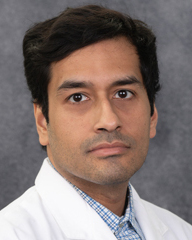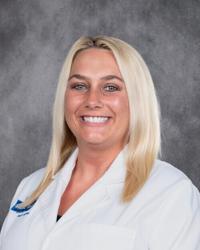Cardiopulmonary & Cardiothoracic
Adena’s Cardiopulmonary Department is part of the Heart & Vascular Center. Our team is responsible for performing tests to help diagnose (and sometimes treat) a wide range of heart, vascular, and lung conditions.

Adena’s Cardiopulmonary Department is part of the Heart & Vascular Center. Our team is responsible for performing tests to help diagnose (and sometimes treat) a wide range of heart, vascular, and lung conditions.

Adena Cardiopulmonary & Cardiothoracic Services stand as a beacon of excellence in heart and lung care. Our team, backed by state-of-the-art technology, is committed to ensuring that every patient receives tailored, high-quality treatment options. Our association with leading professionals and adoption of the latest medical advancements demonstrates our dedication to placing patient well-being at the forefront of everything we do.
Our approach prioritizes a blend of innovative techniques and patient-centric care. From the initial consultation to post-procedure follow-up, our dedicated specialists are with you at every step, ensuring that your journey to better health is smooth, informed, and effective. Choose Adena for a cardiac experience that prioritizes your unique needs and aims for exceptional outcomes.
Ensure you wear comfortable attire and walking shoes for the test. Your physician will guide you on dietary restrictions before the test and if there's a need to pause any medicines. It's essential to inform your doctor about every medication you're on, whether prescribed or over-the-counter.
Wear a loose-collared shirt and avoid long earrings or necklaces. This ultrasound uses sound waves to produce heart images. It's instrumental in evaluating the heart's health, examining arteries and veins for proper blood flow, and detecting issues like blocked arteries, heart failure, and valve problems.
Refrain from heavy meals and smoking 4-6 hours prior. Consult with your doctor about inhaler medications. This test, used to diagnose conditions like asthma and bronchitis, measures the volume and speed of your exhaled air, assisting in pinpointing the cause of breathlessness.
Our Cardiopulmonary Department offers the following treatments:
Cardiac catheterization is a diagnostic and occasionally therapeutic procedure for various heart conditions. In this procedure, a long, slender tube called a catheter is navigated through a blood vessel, from areas such as the arm, neck, or groin, directly into the heart.
A common diagnostic application during catheterization is coronary angiography. Here, a dye is injected via the catheter, enabling clearer visualization of the coronary arteries using X-ray imaging. This highlights areas where plaque, which can impede blood flow and is a forewarning sign of coronary heart disease, has accumulated. If obstructions are detected, cardiologists may opt to insert a stent, designed to expand the artery, ensuring efficient blood flow to the heart.
In hospitals, these procedures are typically overseen by cardiologists. They can also leverage ultrasound techniques to get a clearer view of the heart's vessels. Furthermore, during the catheterization, a biopsy might be conducted where a heart muscle sample is extracted for additional diagnostic examinations.
















